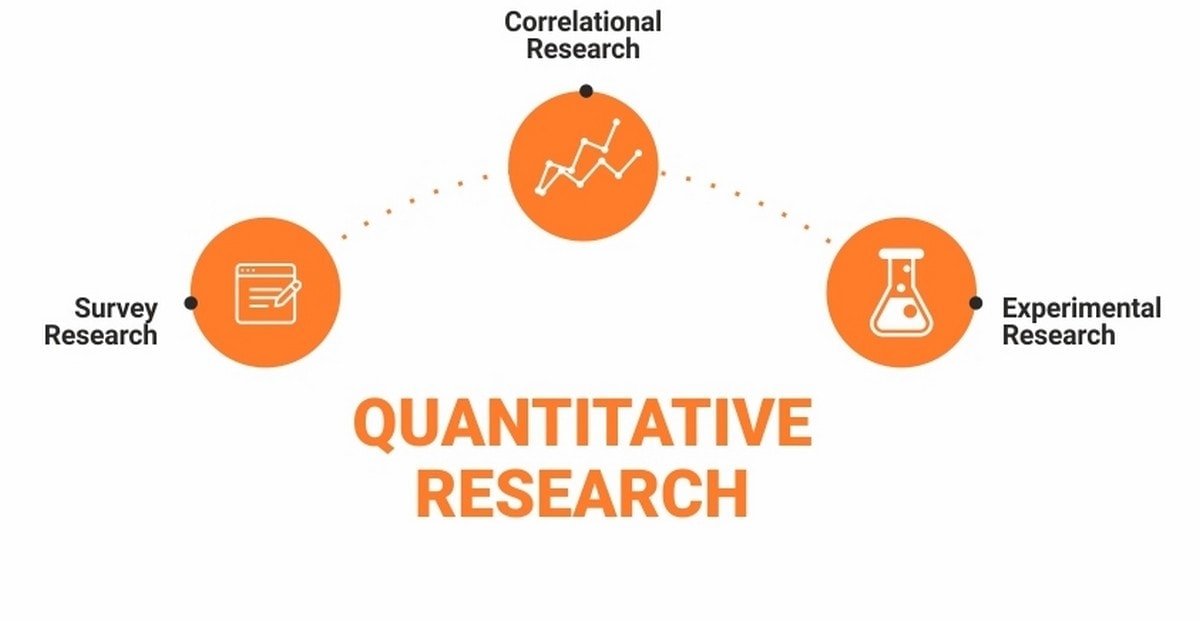
9 Types of Qualitative Research used by Market Researchers
9 Types of Qualitative Research used by Market Researchers
Qualitative research is concerned with answering ‘why’ questions or ‘How’ questions especially the ones which are meant to understand or comprehend human behavior. The primary idea behind qualitative research is to obtain data from conversation or open-ended questions. This type of research helps in an in-depth understanding and detailed analysis for research about their respondents and their feelings.
Quantitative Research and its methods are intended to unveil the behavior of the population in question. There are different methods available in qualitative research which are based on the study that is selected. In-depth interview, ethnographic research, focus groups, content analysis, etc. It is often seen that the results of qualitative methods r more comprehensive and one is able to draw conclusions easily based on the research. The origin of qualitative research goes back to the social and behavioral sciences. Telugu cooperative research it is easier to understand since the researchers very comprehensive and communicative.
Following are the different types of Qualitative Research
1) Interviews :
An in-depth one-on-one interview is the most common type of qualitative research. The interview is conducted personally and is carried out with one participant at a time. The method used is purely and entirely conversational and presents opportunities for an in-depth and detailed analysis from the participant. The primary advantage of one on one interview is that it provides an excellent opportunity to collect data on the beliefs of people and their intentions. This data is considered to be precise and accurate in nature.
Asking the right questions, the researchers can get very useful and important data. The researchers if need more information should ask for the questions which will help them gather and analyze more data which is used for further analysis and to draw further conclusions. The interviews can also be performed on the phone, apart from the east face and tend to just between 30 minutes to 3 hours or more. When these in-depth interviews are carried out face to face they help in understanding not only the verbal communication but also the non-verbal part which includes the body language of the participant.
2) Focus Groups :
These are also considered as common methods of qualitative research which are explicitly used in the collection of data. A Focus Group is a limited number of participants from diverse backgrounds within the target market. The diversity of the participants can be extended but care should be taken that they are not beyond the target market. The primary aim of the Focus Group is to answer the questions as to why what and how about a particular topic. One of the advantages of the Focus Group is that there is no necessity for interaction with the participants in the group every time. Focus Group these days carried out with online services and the responses are collected within minutes or seconds and reduces the time consumption required in the collection of data.
Focus groups are one of the most expensive methods when compared to other qualitative research types since there used to obtain complex answers. This method is extremely useful when new products and concepts are tested in market research.
3) Ethnographic Research :
This type of Qualitative research is the most in-depth observational method which analyses people and respondents in their own environment. This is the type of qualitative research requires the researchers to adjust to environments of target audiences and their environments which are based anywhere from a city to any other location. These geographical constraints are hurdle while data collection. This type of research design helps to know the challenges and cultures and the motivations that occur. Instead of relying completely on discussions in interviews, the settings can be experienced first hand in this type of research. The duration of ethnographic research can last from a few days or weeks or months to years since it involves detailed analysis and observation and data collection on that basis. It is a time consuming and challenging method and depends entirely on the ability of the researcher to analyze and solve the data.
4) Case study Research :
This type of qualitative research has evolved over the last few decades and is executed and developed as an important method. As the name suggests, it can be used for explaining an entity or an organization. There are a number of areas like social sciences, education etc. Where this type of research method can be implemented.
At first, this method may seem difficult to execute but it is one of the easiest methods of conducting research since it deep dives and has a thorough understanding of the variously available method of data collection and conclusions. Usually, the subject of the Case Study Model can be an individual, family, or an organization or more. Bigger conclusions are drawn from small details.
5) Record Keeping :
The already existing reliable documents or similar sources of information is used as the source of data. This type of data can also be used in fresh research. It can be compared like going to a library where an individual can refer books to collect useful and relevant data which may be used in research. Record keeping has these days evolved into a Content analysis which involves analysis of videos or e-documents. The analysis allows examination of words, figures, or other meaningful information which is used rigorous analysis. With the advancement in technology, camera, audio devices, and other tools help in processing and understanding of data.
6) Observational Techniques :
This type of Qualitative research involves the researcher to observe the group or the individual in question and note down the observations relevant to the research. This method collects systematic information. Since the focus is on qualitative aspects of the research process using subjective methods in order to collect data, the observational technique is used to equate qualitative differences. It is often tried that the individual is observed in the natural setting and care is taken that the observer is not seen by the individual since it may interfere in his natural behavior.
Observational techniques are very popular with many researchers owing to the fact that it is practically one of the least expensive method. With the proliferation of technology, observations can be carried out with an observer sitting miles away or even in a different continent and can be observed via satellites.
A question of consent of the individual or group is debated in unconditional observation since ethically and morally, it is incorrect to observe someone without their consent and if the individual or group is informed about the observation then he may be aware of the study and may perform actions consciously which will affect the results.
7) Grounded theory :
Grounded theory aims to provide a detailed explanation and analysis behind the events. They are conducted by using the existing documents and analyzing the primary interviews in order to build a Theory which is based on the data collected. You would be required to go through a series of coding techniques in order to identify the themes and establish a theory.
Grounded theory can also help to understand the community of users and can help in informing design decisions. For example, the grounded theory may use how particular actions performed by a particular software in a specific mobile phone. The sample sizes in grounded theory or large and these studies establish a theory.
8) Phenomenology :
When the researcher intends to describe an activity or any event it is known as a phenomenological study. It is time does an appropriate qualitative method which is why it is named so.
In this type of editor research where is the use of a combination of methods soldiers conducting interviews reading documents in order to grasp the meaning the participants intended. The perspective of participants is what is reside on in order to provide motivations for their insights. A well-informed hypothesis is usually observed in this method, unlike other qualitative methods. A lot of interviews are conducted in the phenomenological study for common things between 5 to 25.
9) Narrative :
In this type of qualitative research, the story is weaved from one or two individuals who narrate a sequence of events. For this method, the researcher may be required to conduct detailed interviews, read different documents, and also look for various themes. In other words, how does a story of an individual illustrate larger than life influences?
The interviews may be conducted over months, years, and the final narrative is not required to be in sequence. It can rather be presented as a story and can reconcile stories which are conflicting in nature and highlights opportunities for innovation. For example, when it comes to building a persona, a narrative illustration is used.









